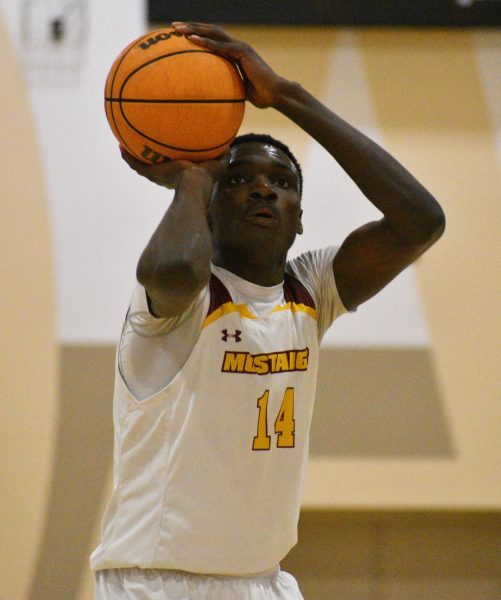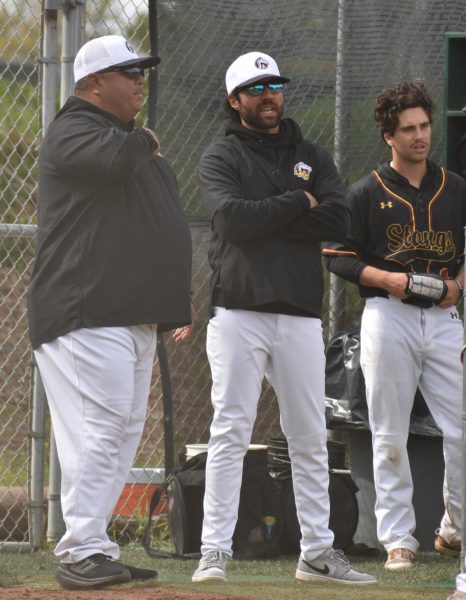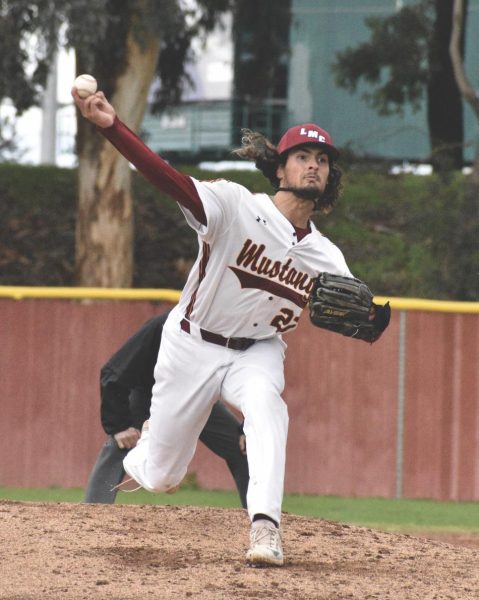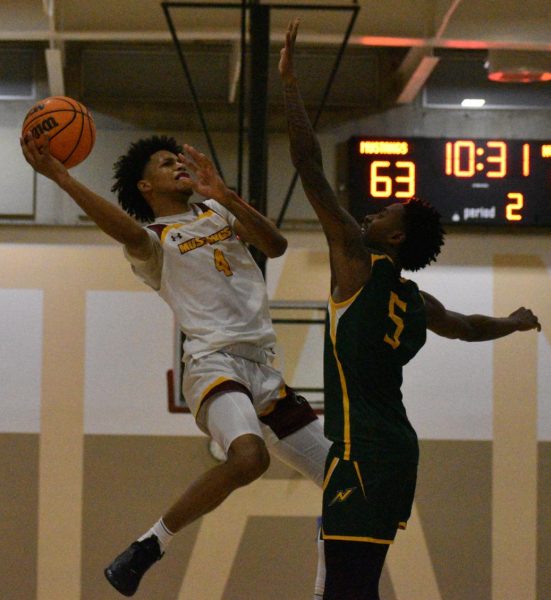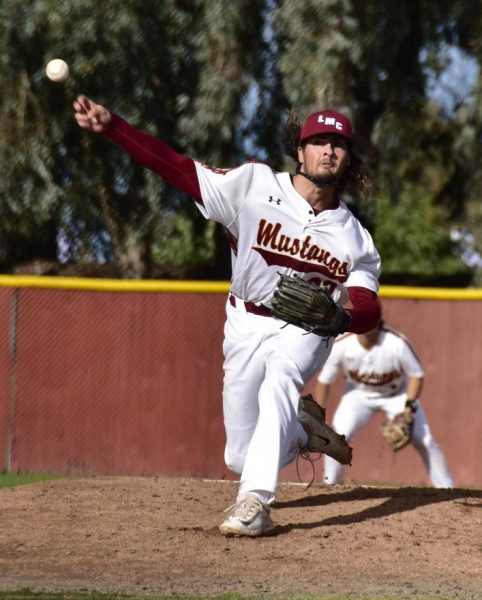NFL free agency kicks off
March 16, 2017
When the confetti falls after the Super Bowl in February signifying the end of another season, NFL teams do not play another meaningful game for seven whole months. But every new season is truly born in March.
Once the clock struck 4 p.m. eastern time on March 9, free agency was officially under way, allowing players with expired contracts to sign with any team they can agree to terms with.
Every player is different, choosing to go to their new franchise for one reason or another, but one driving force behind every contract is getting bigger and bigger every year: the money.
The combined total of all contracts given out in all of free agency to start the 2015 season amounted to $1.9 billion. In the 144 hours following the beginning of this year’s free agency, athletes have signed $1.9 billion worth of contracts, with some values still to be disclosed.
Of course not all will be paid fully because some will get cut from the team, but at the bare minimum, $917 million has been guaranteed to the players.
Now more than ever, most teams have the financial flexibility to go after just about any player that hits the market. But the largest investments do not always pay off. In fact the increase of funds every year has induced bidding wars for players, many of which become a burden for the team in the future when the players do not live up to expectations.
On March 9, 2016, the Houston Texans signed Brock Osweiler to a four-year $72 million contract, as he was proclaimed to be their franchise quarterback. On March 9, 2017, Osweiler was traded to the Cleveland Browns, because the Texans knew he did nothing but hold the team back throughout the 2016 season. Osweiler still received $37 million for his efforts, or lack thereof.
But teams have still been eager to pay up, like the San Francisco 49ers who gave linebacker Malcolm Smith a pay raise after two unproductive years in Oakland. This is just one small example of many, but a lot of teams feel the desperation to ensure they sign who they had their sights on, regardless of the cost.
Teams try and “win” the offseason, by signing the biggest names or adding the most players, but more often than not, this strategy does not produce the expected wins. It’s a continuing trend which will likely increase over the years, and while we won’t know who made the right decisions this year for some time, it is clear so far the New England Patriots have only gotten better.
The team that hoisted the Lombardi trophy just a month ago has been arguably the most active team, a step ahead of the other 31 franchises.
The Super Bowl 51 champions were able to pry away cornerback Stephon Gilmore from their division rival the Buffalo Bills, now pairing him with one of the best cornerback in the league, Malcolm Butler.
Sure, they lost some key players, like tight end Martellus Bennett, who now commands $7 million a year from the Green Bay Packers. New England had a number in mind to pay him, but he exceeded that figure, so they moved on.
Instead they elected to trade for 3 players: tight end Dwayne Allen, Bennett’s replacement, Brandin Cooks, one of the fastest receivers in the league and best deep threats, and defensive end Kony Ealy, an effective pass rusher primed to find more of an opportunity in New England.
All three were traded for good prices, almost too good for a team that hasn’t experienced a losing season since 2000. They also retained the heart of their defense, linebacker Don’t’a Hightower, who made one of the most crucial plays this past super bowl.
It’s strange to see why many teams have an affinity for helping the best team in the league, when they have so much already. They’re only allowing a superpower to expand further, making the conquest of a championship even harder for the rest of the league.
But the one domino that has not fallen, that may even give a team the opportunity to battle the Patriots in the playoffs, is Tony Romo. The saga regarding the Dallas Cowboys quarterback was set to take its first step when it was reported the team would release him after 14 seasons with the club.
Romo has the ability to transform a team, like Houston, from a sure early playoff exit, to a potential champion.
The war for Romo at this point appears to be between Houston and Denver, coincidentally a year after bidding for Osweiler. Yet Dallas did not end up releasing Romo as reported, and instead are looking for a trade to get something in return.
All signs have been pointing to Houston up to this point, especially after trading their previous starter, but the stalemate has continued. Houston should be feeling the urgency to pull the trigger; they know having bad quarterback play can hold a team hostage from true success. If Romo were to hit the open market, Denver would have essentially an equal chance to sign him, which would render Houston into a scramble for a signal caller.
As of now, Dallas is in the driver seat, but Romo also has been given a say into where he will play. He certainly has earned it, and very soon he will alter a franchise completely. And maybe give the Patriots some competition; we know they need it.


